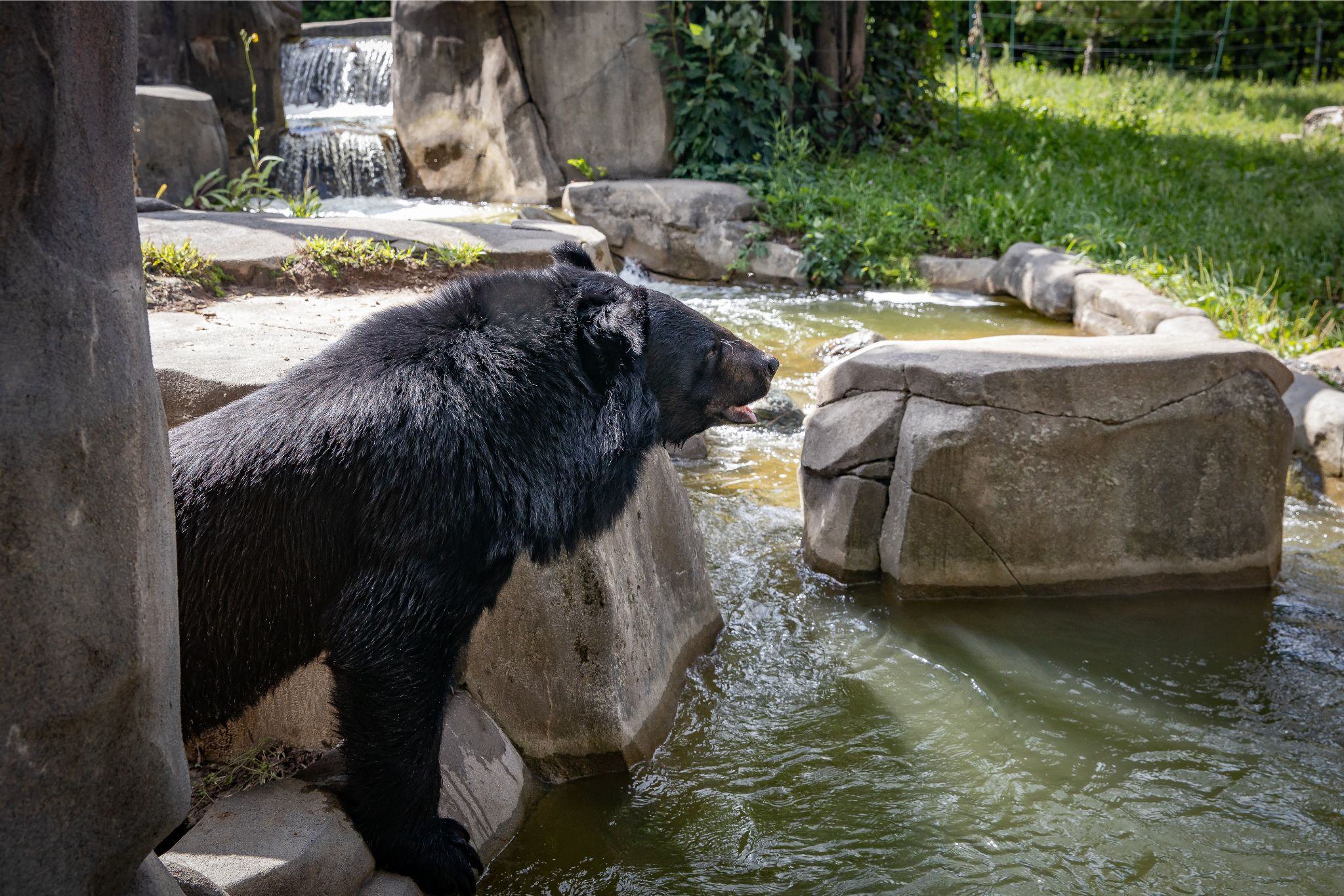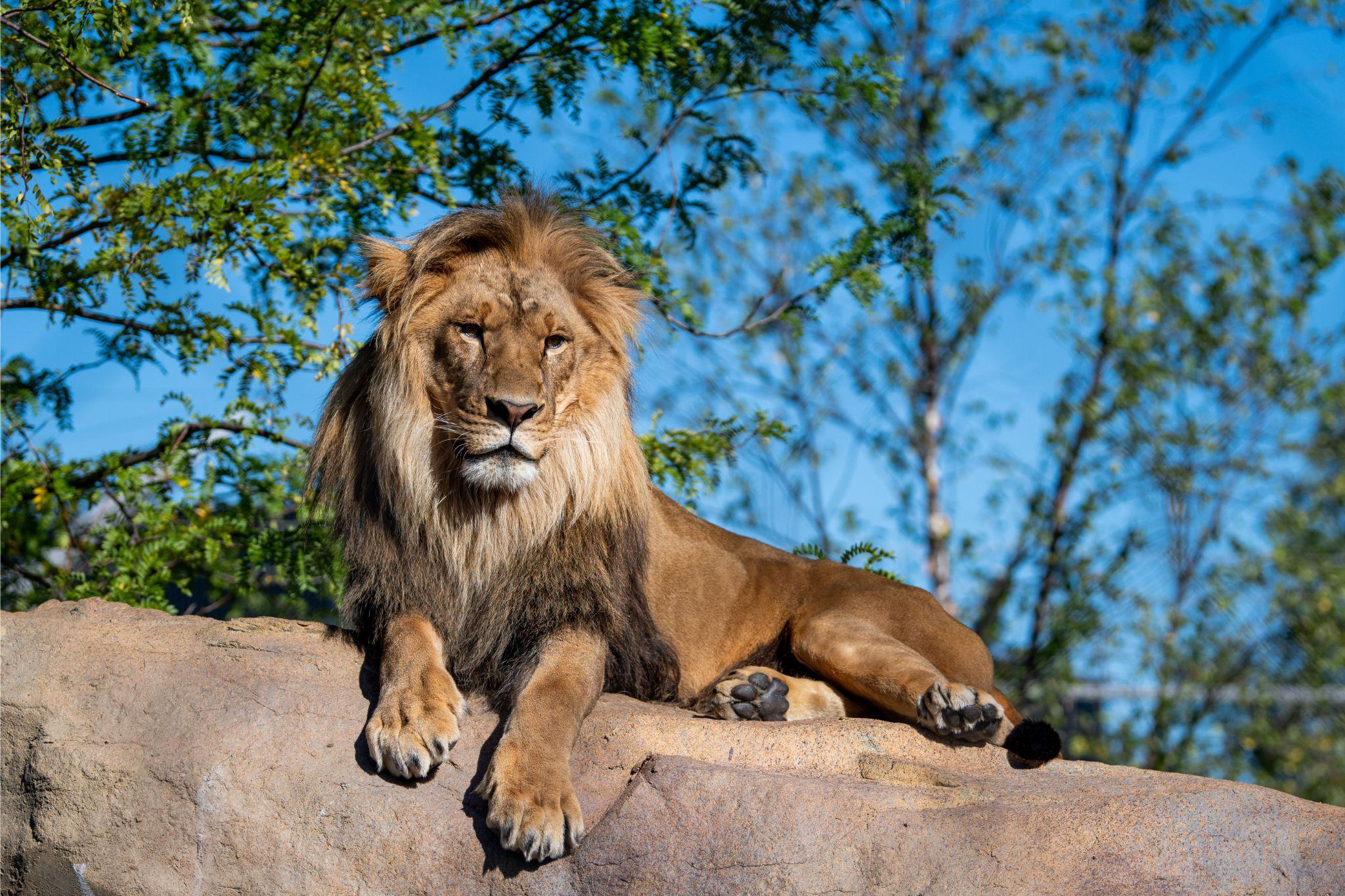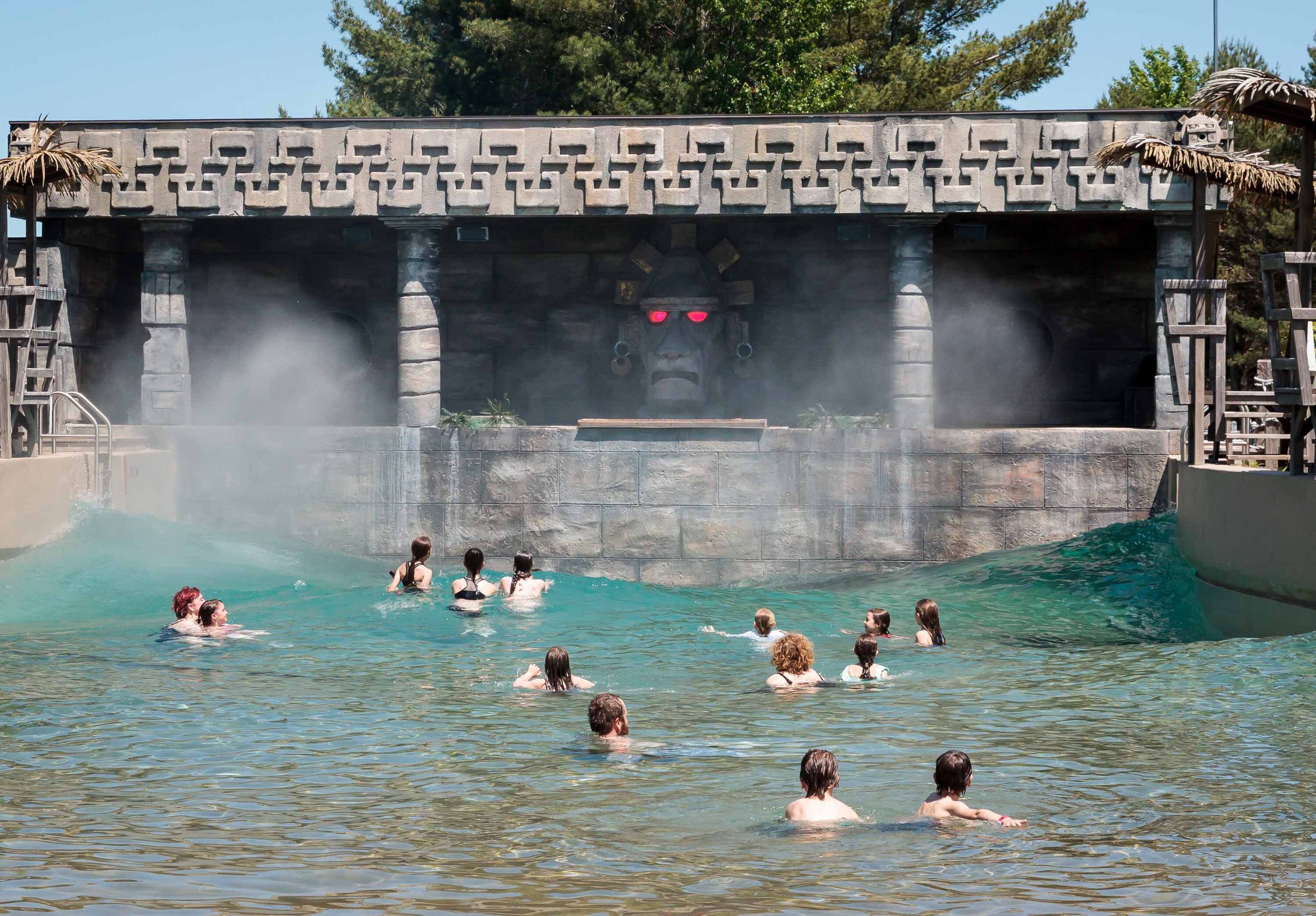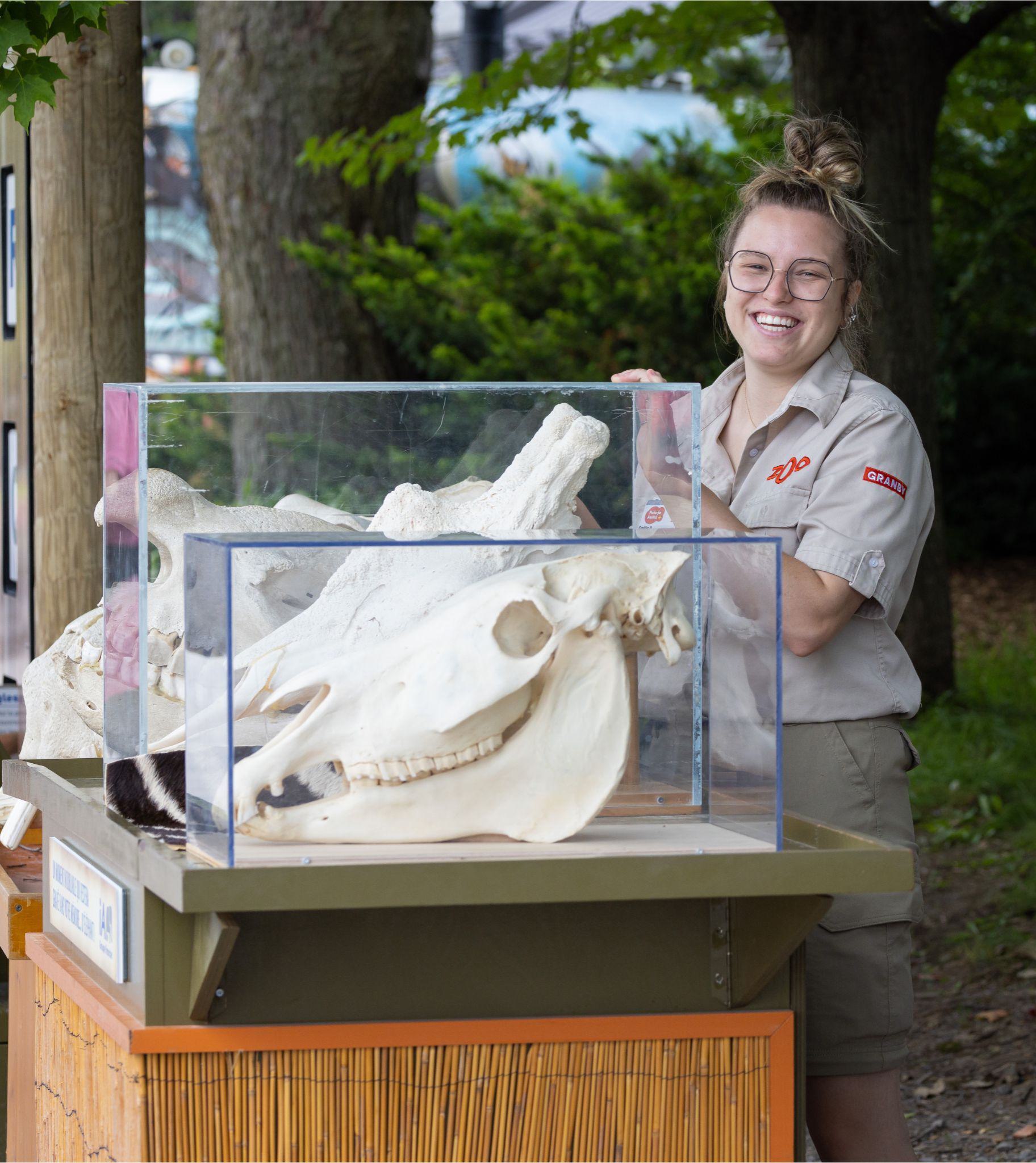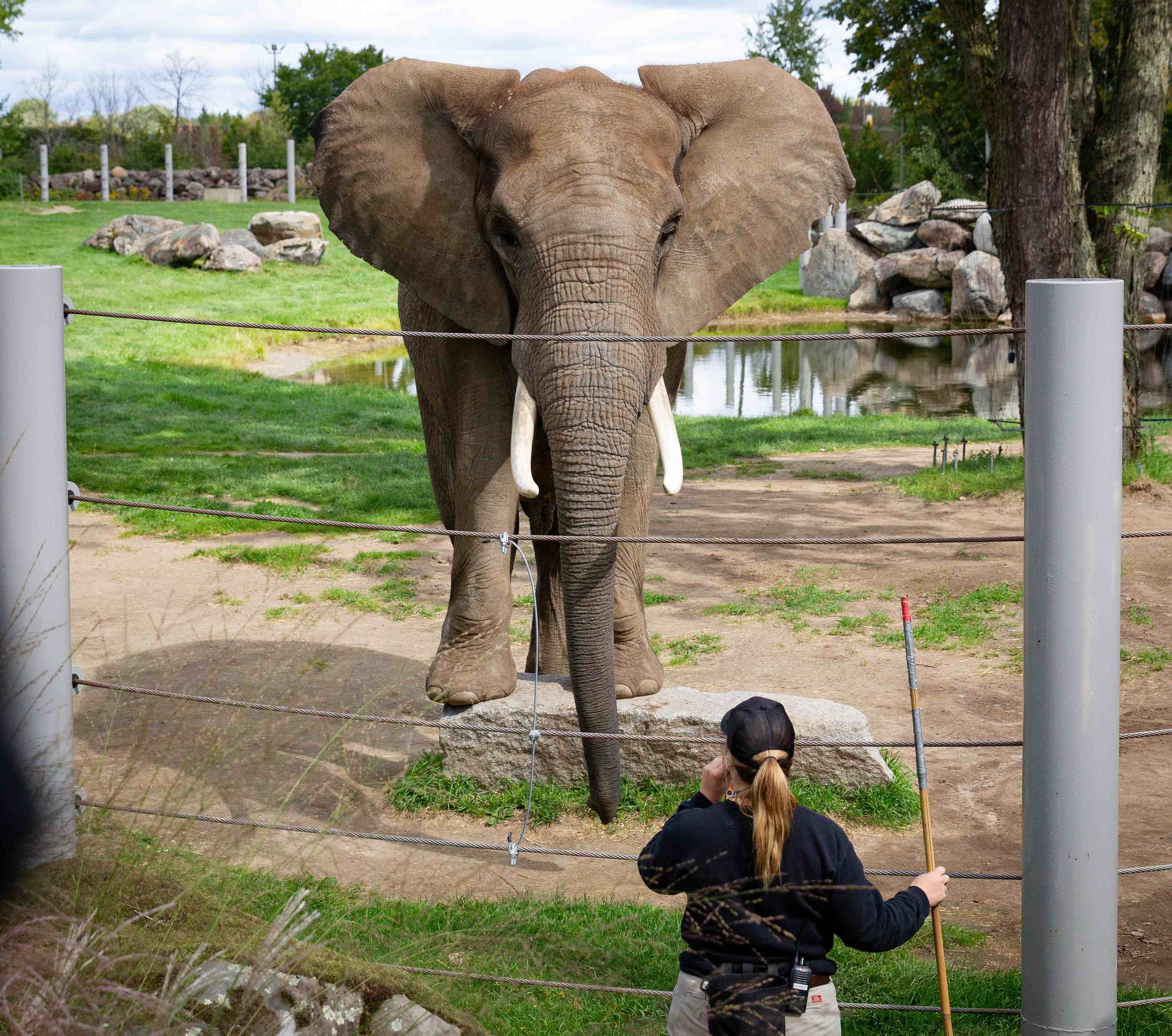
Asian Black Bear
Asian Black Bear
Distribution
Southern Asia
Diet
Omnivore
Habitat
Boreal and temperate mixed forests
Latin Name
Ursus thibetanus
IUCN conservation status
Closely related to the American black bear, they stand out because of the crescent of cream-coloured fur on their chest.
Interesting informations
Featured animals









